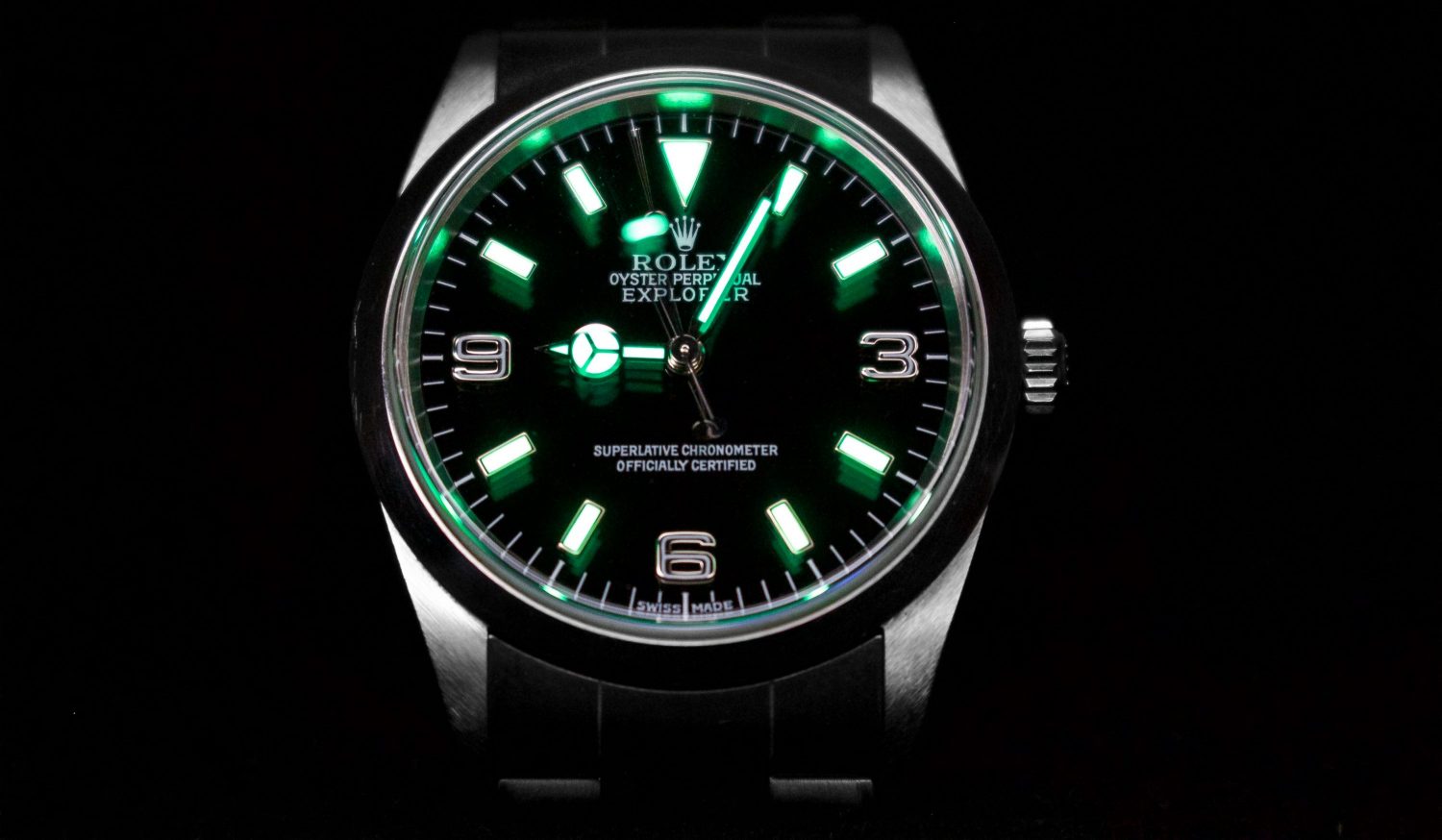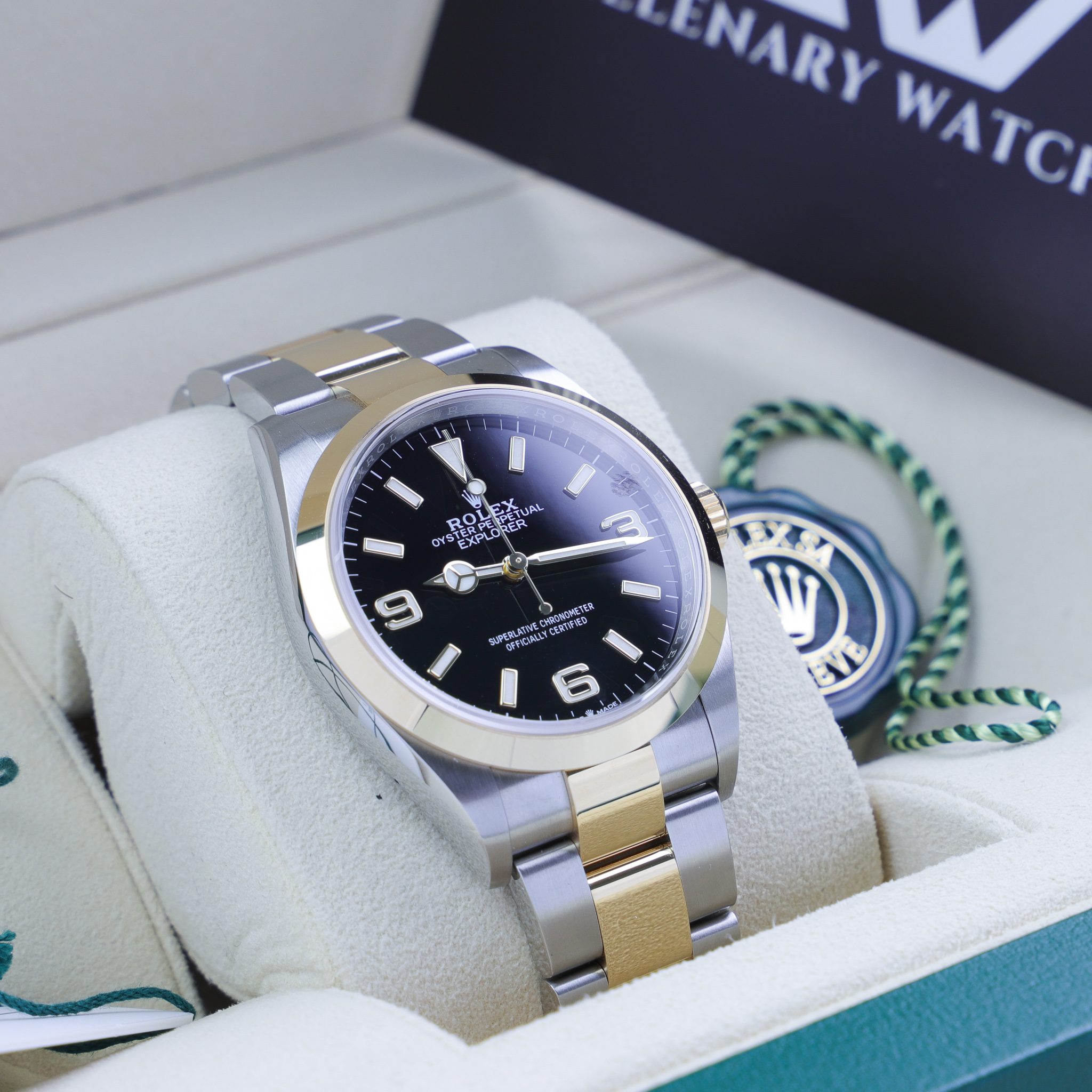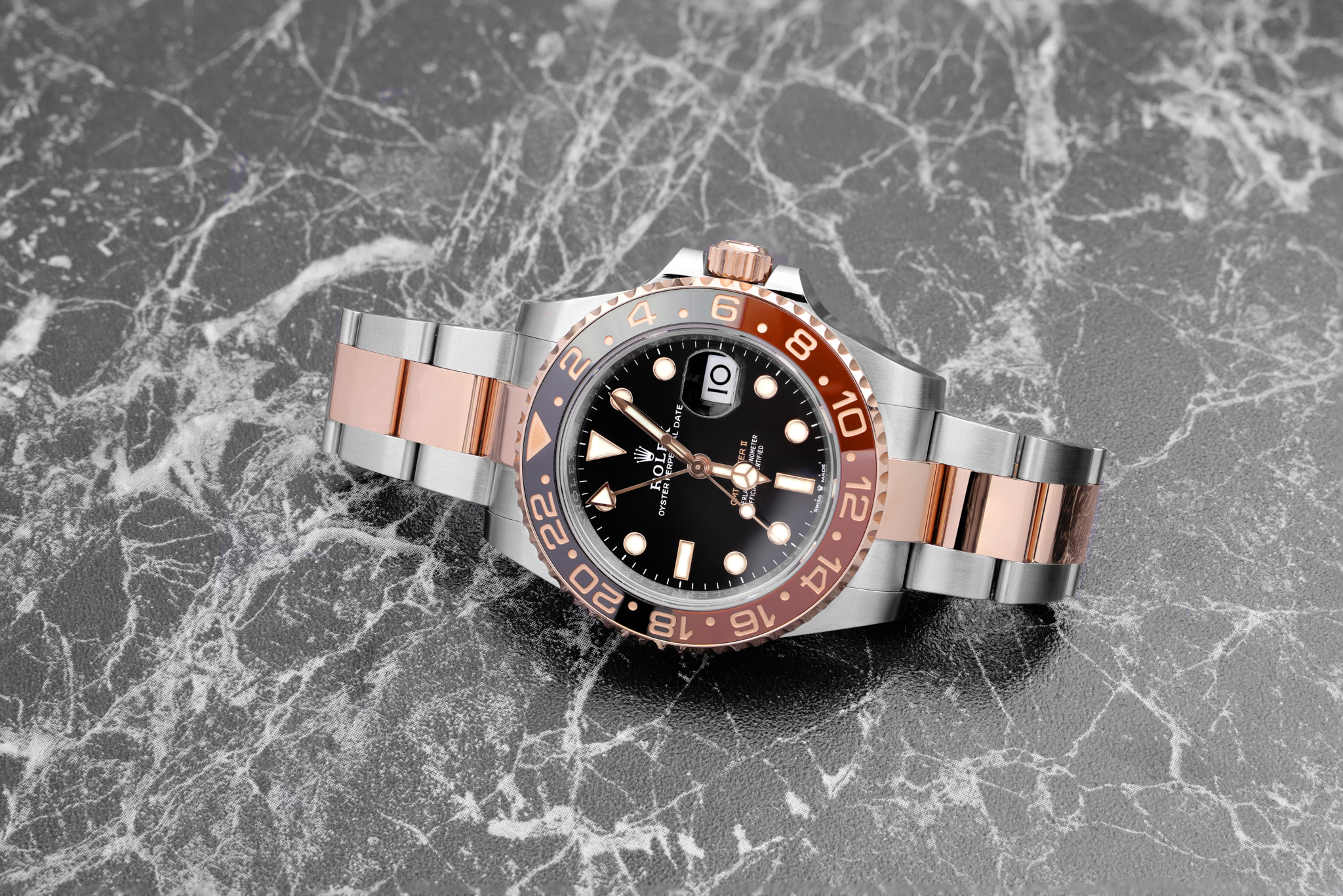
Why does Rolex have Mercedes Hands? Complete Guide
The so-called Mercedes hands are a distinct feature on many Rolex watches. Whilst it is a term that Rolex doesn’t officially use, it is a widely used term by the general public. This term is used to describe a particular set of hands that are used on Most Rolex watches where the hour hand resembles the Mercedes logo.
So why is it that Rolex uses this type of hour hand? Does it have anything to do with the iconic car manufacturer Mercedes or do they not have anything to do with each other at all? All of these things and much more are what we will sort out in this article.
What are Rolex Mercedes hands?
First off, let’s begin with the most basic. What are “Rolex Merdeces hands”? Regardless if you’re a novice watch enthusiast or a seasoned collector, chances are that you have come across this term many times before. The fact is that Rolex uses the same type of hands design on many of the watches in its collection. About 50% of the models. The Mercedes hands have been used by Rolex for a long time (more on that later). And they have subsequently become an iconic design trait that is associated with Rolex and makes a Rolex watch instantly distinguished.

It is predominantly sports and professional watches that use Mercedes hands due to their practical benefit in terms of legibility. If the model is made for sporty and demanding purposes, chances are that it has Mercees hands.
The key distinguishing feature of the Mercedes hand is the hour hand which is shaped almost like a round circle with a pointy tip. The round circle is filled with luminescent material and has the shape of the Mercedes “star” logo inside, hence the commonly used term “Mercedes hands”.
Looking at the current Rolex collection, the models that do not use Mercedes hands include the following:
Reversed, the models that use the Mercedes hands include:
- Air-King
- GMT-Master II
- Submariner
- DeepSea Sea-Dweller
- Sea-Dweller
- Yacht-Master
- Explorer
- Explorer II
The Mercedes hands are made in white gold, rose gold, and yellow gold. Bear in mind that all Rolex watch hands are made in precious metal to prevent tarnishing so even the hands on stainless steel models are made in white gold. And the hands for the watches that are made in platinum are also made in white gold.

Is Rolex associated with Mercedes?
No, Rolex has no affiliation with the well-known and iconic car manufacturer Mercedes in any way.
Whilst Rolex’s iconic hour hand looks very similar to the iconic logo and emblem of Mercedes, they have no affiliation. There’s no connection between Rolex’s design of hands with Mercedes. Whilst the term used to describe the hands certainly suggest that they have something in common, bear in mind that Rolex did not coin this term and it is not a term that Rolex uses. It makes sense because why would a company incorporate another brand’s name into its own products?
Why does Rolex use Mercedes hands?
The answer is that there are different theories about how the Mercedes hands came about. As mentioned, Rolex does not use the term, but they still designed the hour hands. And there’s an undeniable resemblance between the hour hand and the Mercedes logo. Rolex has never publicly explained or talked about exactly the design-and thought process in developing this handset style. But the most probable explanation is that it is a product development of a similar type of hands that Rolex used before the Mercedes hands: known as cathedral hands.
The Mercedes hands offer several benefits in terms of practicality and functionality. It is most likely that Rolex found this type of hour hand to be the most practical and functional, and therefore developed it, and then continued to use it.

Firstly, the three-pointed star design of the hour hand is distinct and iconic. It makes Rolex watches stand out from other watches on the market and has today become an iconic element of many Rolex watches. Secondly, and this is perhaps the most important thing, the Mercedes hour hand stands out clearly from the rest of the hands due to its unique design. As a result, it is easy to tell the hour hand from the rest of the hands which is crucial in particular on professional sports watches where good legibility is key. This is also the reason why you’ll predominantly find the Mercedes hands on professional sports models.
Without the three-pointed star shape, the hour hand would essentially just be a round ball. The upside for this would of course be legibility. But the downside would be that you have a large area of luminescent paint. As can be seen on many older watches, the larger the area, the more prone it tends to be to crack. It is possible that Rolex kept this in mind and didn’t want to create hands on which the lume would crack over time. Using the three-pointed star shape would reduce the size of each given area, thus minimizing the risk of luminescent paint cracking. The downside to this may of course be that there’s less luminous paint which reduces the legibility. But it’s a balance that we can assume that Rolex has carefully considered.
Let’s look at the history and background of Rolex’s usage of the Mercedes hands.

Rolex Mercedes hands history
The first Rolex watch to feature the Mercedes hour hand was the Explorer reference 6150 in 1953. The Mercedes hand was then rolled out to more and more models including of course the Submariner and the GMT-Master upon its launch in 1954. It would also come to be used in more models during the 1950s and 1960s. With that said, whilst the Submariner is perhaps the model that is most closely associated with the Mercedes hands, it was the Explorer that was first.
Rolex cathedral hands
As already discussed, the stories of how the Mercedes came about are just theories as Rolex has never publicly stated the idea behind them. But perhaps one of the most logical explanations is the fact that it was just an evolution of the cathedral hands. This was a handset that a lot of watch brands used in the early days and also a handset that was (and is) used by watch brands today. To create something unique, distinct, and more practical than the cathedral hands, it is likely that Rolex looked at how they could change and refine this design to make it iconic, more stylish, and more functional. Worth pointing out is that cathedral hands were used long before Rolex created the Mercedes hands.

Mercedes hands and Mercedes Gleitze
A theory, albeit an unlikely one (in our opinion), is that the Mercedes hands were created by Rolex to honor Mercedes Gleitze. If you are unfamiliar with who Mercedes Gleitze was, she was the first female to swim the English channel and also Rolex’s first “ambassador”.
In 1927, Mercedes Gleitze swam the English Channel wearing a Rolex Oyster around her neck. Rolex founder Hans Wilsdorf had approached Gleitze and asked if she could use one of his watches during her swim as he saw this as a great opportunity to prove his watches’ durability and performance. Following the swim, the watch functioned perfectly and remained dry inside. Even though the swim lasts for more than 15 hours in freezing water. To celebrate the great feat by Mercedes Gleitze, Hans Wilsdorf bought a first-page ad in the Daily Mail, highlighting his watch’s performance.
The theory is that Rolex created the Mercedes hands to celebrate Mercedes Gleitze, however, there are several issues with this theory. First, Gleitze and the car manufacturer Mercedes have nothing to do with each other. Moreover, the term “Mercedes” is not a term that Rolex uses to describe their hands. If Rolex would decide to design its hour hand to resemble the Mercedes logo as a tribute to a woman whose name was Mercedes without any connection between them sounds very unlikely. So whilst it is a theory, it is indeed a long shot.

Rolex Mercedes hands and the car manufacturer Mercedes
As we have established, the Rolex Mercedes hands and the car manufacturer Mercedes have nothing to do with each other. Moreover, Rolex never called the hands “Mercedes” and the shape of the hands resembling the logo of the car manufacturer is most likely more of a coincidence than anything else.
In addition, the Rolex Mercedes hour hand does not look identical to the Mercedes logo which suggests that Rolex neither looked at the Mercedes logo nor had any intention of making it similar. If you put them side-by-side, you’ll notice clear differences. Of course, the best would be if Rolex made an official announcement of the story behind how the Mercedes hand came about but seeing that the company hasn’t made any such an announcement yet, chances are that they won’t make one in the future either.
At the end of the day, the reason for the Mercedes hour hand likely has to do with legibility and functionality. A distinct hour hand stands out from the rest of the hands and makes it easier to read. Moreover, the lines inside the hour hand ensure that the luminous paint is more stable and doesn’t crack.




